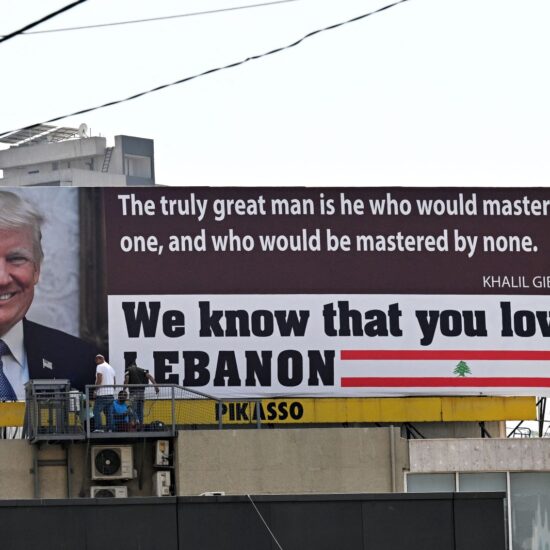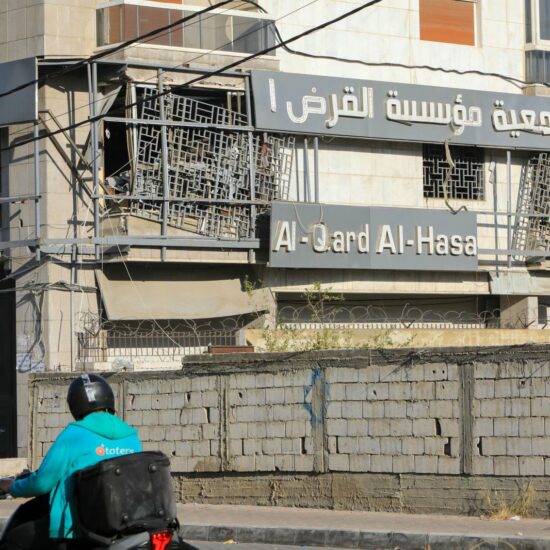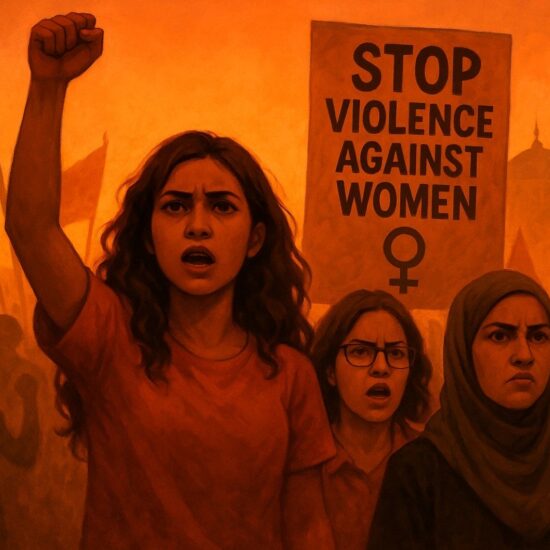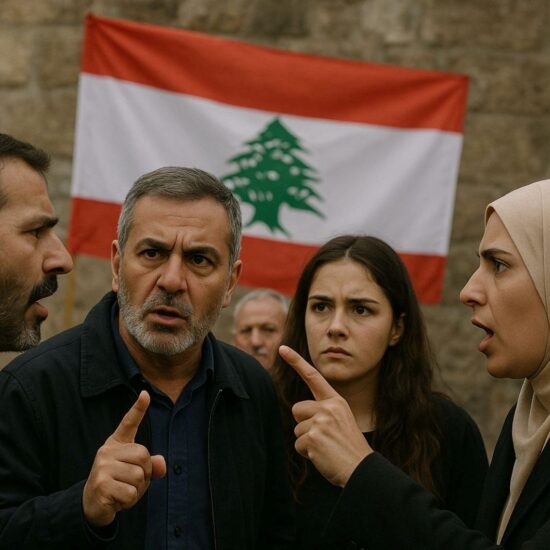
The Israeli army’s disclosure—that Hezbollah’s Unit 121 orchestrated the assassination of Lebanese Forces official Elias al-Hasrouni in August 2023—did not surprise those who have long understood how Hezbollah maintains its grip on political life in Lebanon. What the information did was confirm what many Lebanese have whispered privately for years: political murder is not a deviation from Hezbollah’s doctrine; it is one of its foundational tools.
Hezbollah had insisted that Hasrouni died in a car accident. But the new intelligence describes something else entirely: a premeditated ambush near his home in Ain Ebel, followed by kidnapping, poisoning, the fracturing of his ribs, and the deliberate staging of his vehicle to resemble a fatal crash. This level of planning and precision reflects not a moment of wartime improvisation but the operational method of an organization that has used political elimination as a pillar of its strategy since the day it was formed.
Some will dismiss the revelation simply because it comes from Israel. But that argument collapses immediately under scrutiny. Yes, Israel is a sworn enemy of Iran and Hezbollah. But this reality does not undo Hezbollah’s own internal record of surveillance, intimidation, and assassination. Two truths can coexist: Israel has every political interest in exposing Hezbollah’s crimes, and Hezbollah has a long, well-documented history of committing those crimes against fellow Lebanese.
The question “why would Hezbollah assassinate a political opponent?” only confuses those who refuse to confront the fundamental nature of the group. Hezbollah was not established in 1982 as a Lebanese community project or a political experiment. It emerged as an Iranian-organized hit squad, built to eliminate rivals, sabotage state institutions, impose ideological control, and regulate political life by force. Its early resume—the bombings, the kidnappings of journalists and diplomats, the execution-style murders, the disappearances—reads like the textbook of a militia designed to police a society, not liberate it.
Its logo, with a raised rifle at its center, openly says what others pretend not to hear: violence is not an accessory; it is the heart of the movement. Everything that followed—as in the 2005 assassination of Rafic Hariri, executed by operatives of the very same Unit 121—flows directly from these origins.
Unit 121, the branch implicated in Hasrouni’s killing, occupies a central role in Hezbollah’s internal architecture. It is the group’s enforcement arm—the unit tasked with identifying, tracking, isolating, and neutralizing anyone whose presence challenges Hezbollah’s narrative or authority. Its former commander, Salim Ayyash, convicted by the Special Tribunal for Lebanon for orchestrating Hariri’s assassination, remains celebrated and sheltered by Hezbollah, a symbol of how deeply political assassination is woven into the party’s identity.
The operation against Hasrouni followed the same patterns that Lebanese have come to recognize: the surveillance of the target, the elimination itself, the fabrication of a public explanation, and the reliance on fear and silence to ensure that the story sticks. This is not how political parties behave. This is how parallel states enforce compliance.
And it did not happen in isolation. Lokman Slim, the outspoken writer and activist, was kidnapped in 2021 just a few kilometers from where Hasrouni was later killed. Slim, like Hasrouni, had been relentlessly threatened, monitored, and vilified for rejecting Hezbollah’s domination of the Shiite community which he belonged to. His execution—shot at close range, dumped in his car, left as a message—fit precisely the same operational signature: a targeted killing, followed by a staged scene and a climate of terror designed to ensure silence. His wife, his sister, his colleagues, and human rights organizations all pointed to Hezbollah’s responsibility, and yet the state could not even conduct a basic investigation. Two murders, two critics, two staged crime scenes—both in the same contested geography. This is not coincidence; it is a pattern.
The Hasrouni assassination is merely the latest entry in a catalogue of political killings that stretches back decades. Each time, the basic sequence repeats: an opponent is eliminated, a narrative is crafted, a segment of society is intimidated into silence, and the state retreats into impotence. The argument that “there is no proof” becomes not a reflection of innocence but a symptom of the environment Hezbollah has engineered—one where proof cannot emerge because the state is too weak, too infiltrated, or too afraid to seek it.
Lebanon’s crisis is not only economic or institutional. It is existential. A state that cannot protect its citizens from a militia within its borders is not a sovereign state. A republic where political figures, writers, journalists, and local notables can be abducted, poisoned, shot, or disappeared without consequence is not a functioning republic.
The Israeli disclosure may have supplied the details, but it did not create the problem. It only reminded Lebanon of what it has spent years avoiding: Hezbollah’s monopoly on violence is the central obstacle to the country’s sovereignty. The group’s political dominance is not sustained through elections or persuasion, but through a decades-long strategy that blends coercion, assassination, territorial control, and fear.
Lebanon cannot continue pretending that the assassinations of Hariri, Hasrouni, Lokman Slim, and so many others are unrelated episodes. They are chapters in the same story: a militia that uses murder as a governing strategy, and a state that has surrendered the ability to confront it. The killing of Elias al-Hasrouni exposes not only Hezbollah’s responsibility but Lebanon’s dilemma. Until the Lebanese state—and the political class that shelters behind ambiguity—confronts the truth that Hezbollah’s violence is structural, intentional, and inseparable from its identity, Lebanon will continue to live in the shadow of a militia that sees assassination not as a last resort but as a governing principle.







